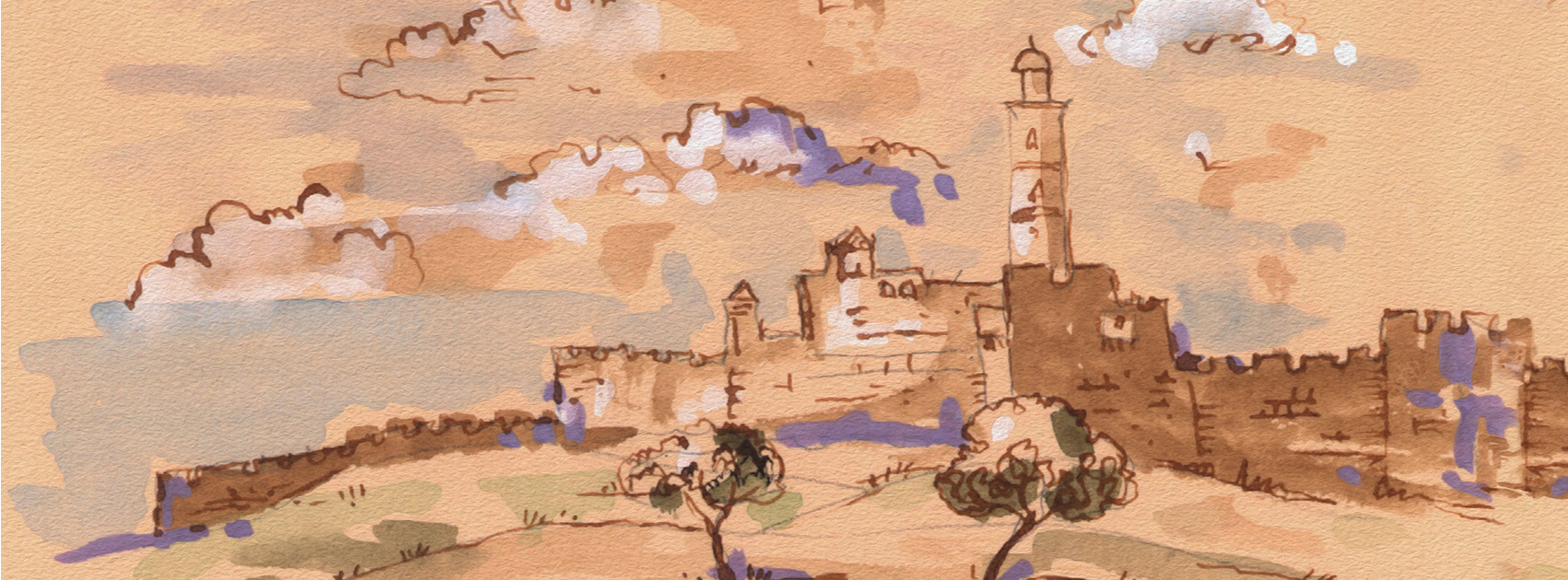As the Jewish people began migrating back to their homeland, Israel, in the late 1800s, numerous events took place. Throughout the history of Israel, many empires and governments put forth their best efforts to prevent Zionism, but failed. Looking back, we see that the Jewish people have been able to withstand adversity and emerge with strength and prosperity.
The late 1800s marked a time of large-scale immigration to Israel for the Jewish people. There are five major time periods of regathering from 1882 leading up to Israel’s statehood in 1948. These movements are referred to as Aliyah, meaning “ascent” or “going up” in Hebrew.
The Regathering…
- The First and Second Aliyah— The first two waves of Jewish immigration to Israel in recent history dates back to 1882-1914. Approximately 35,000 Jews from the Ottoman Empire, now Turkey, accounted for the first wave in 1882. With the second wave immigrating in 1904 from Russia. This brought over 40,000 Jews to Israel.
Most of these immigrants came after the end of Russian pogroms. Pogroms were horrific massacres of the Jewish people in Russia between 1881-1883.
This was a time of establishing the first kibbutz. Kibbutz means “gathering” in Hebrew. They were settlements of Jews in Israel whose community was based on agricultural production.
- The Third Aliyah— World War I and the Balfour Declaration of 1917, brought another 40,000 Jews returning to Israel. This took place between 1919-1923. This was a time of major growth for the Jewish population, reaching 90,000. During this period a boom in agriculture and economy took place within their communities.
- The Fourth Aliyah— Between the years of 1924-1929 another 82,000 Jews returned. This was largely due to continued anti-Semitism in Poland and Hungry, as well as the Immigration Restriction Act of 1921 that prohibited Jews from entering the United States.
- The Fifth Aliyah and Aliyah Bet— Leading up to WWII was the rise of Hitler in Germany. This brought 250,000 Jews to Israel between 1929-1939. Aliyah Bet, or illegal immigration, began in 1933. During this immigration restriction, was the Holocaust, during which six million Jews lost their lives in horrendous acts between 1941-1945.
On May 14, 1948, David Ben-Gurion, who would become Israel’s first Prime Minister, proudly announced, “We hereby proclaim the establishment of the Jewish state in Palestine, to be called Israel!”
When one stops and considers the Jewish people, their history, and all they have been through, it stirs up humility and honor in the heart. Despite all the trials and tribulations of the Jewish nation, immigration continued, and still does today.
No denying the prophecy that is unfolding. The land of Israel is being reclaimed and replanted.
“The desolate land will be cultivated instead of lying desolate in the sight of all who pass through it…Then the nations around you that remain will know that I the LORD have rebuilt what was destroyed and have replanted what was desolate…”—Ezekiel 36:34, 36
The return to their homeland is a constant prayer for the Jews, even today. The traditional saying, “Next year in Jerusalem” is heard throughout times of prayer, holidays and feasts. This deeply rooted proclamation is part of Jewish history and future destiny of the nation of Israel. As they have held strong through their past, enduring much, they will continue this legacy into their future.







